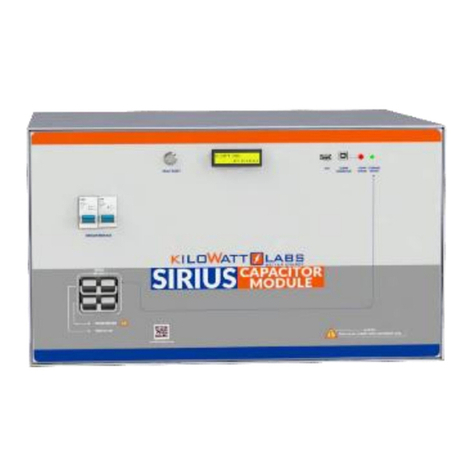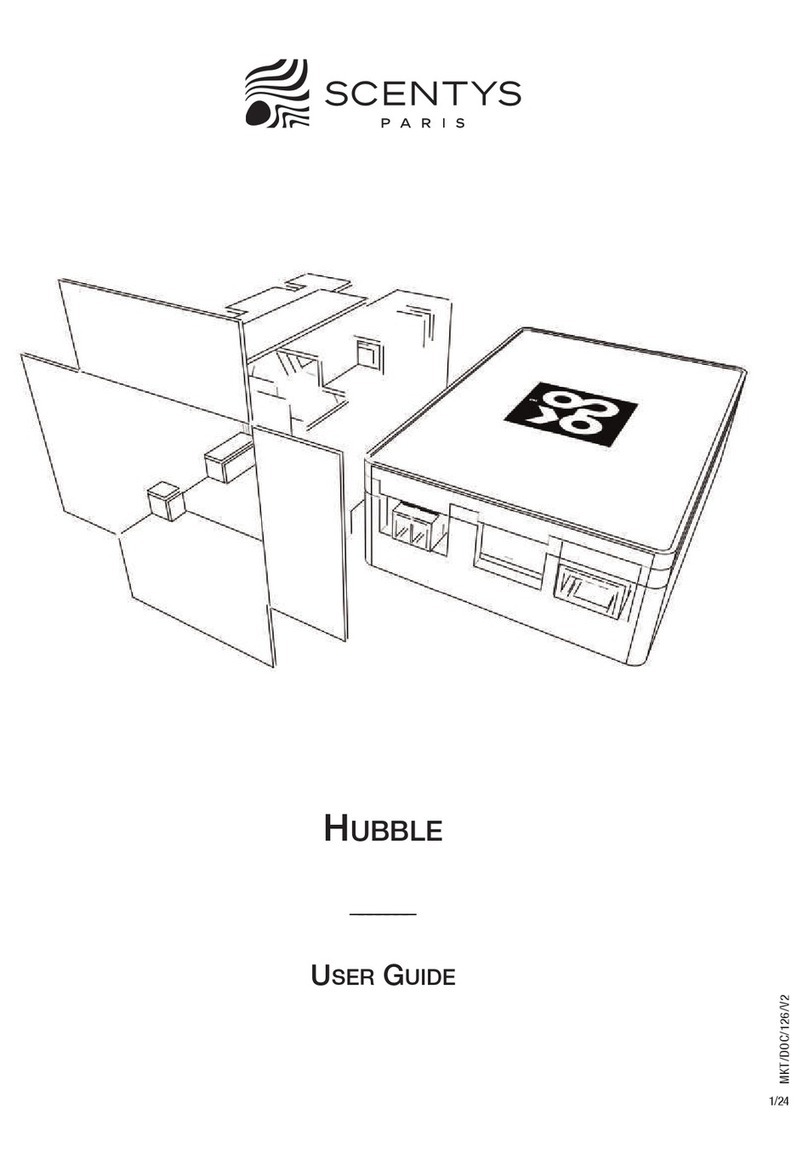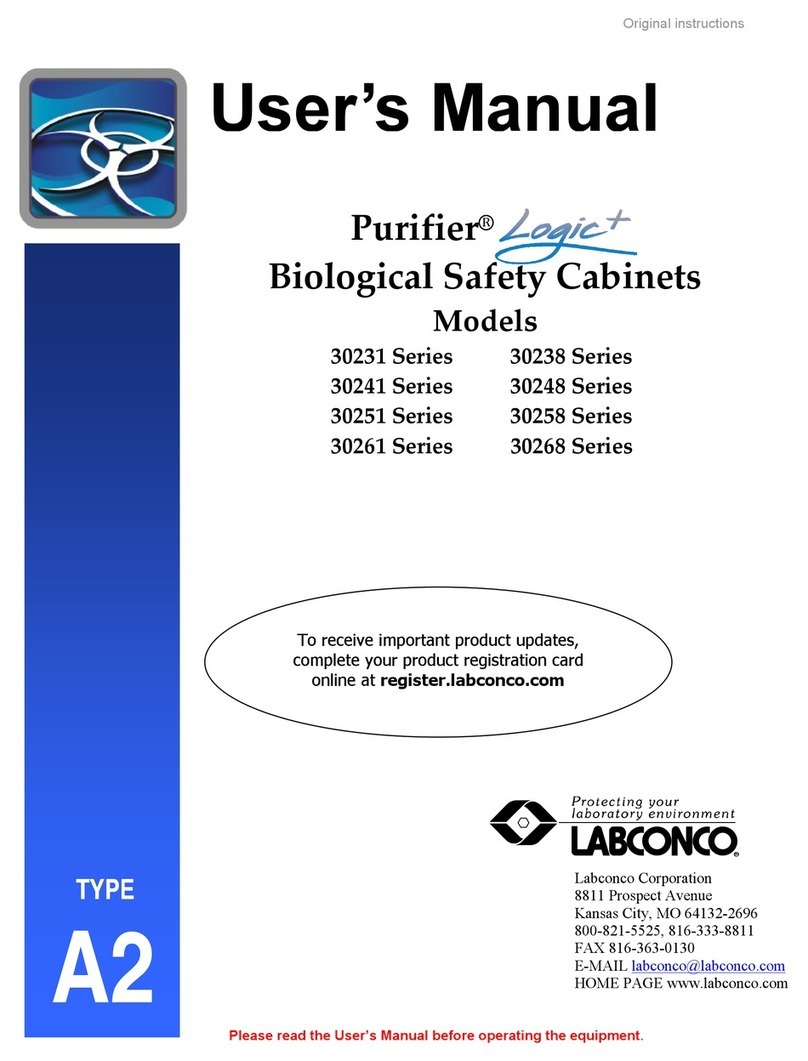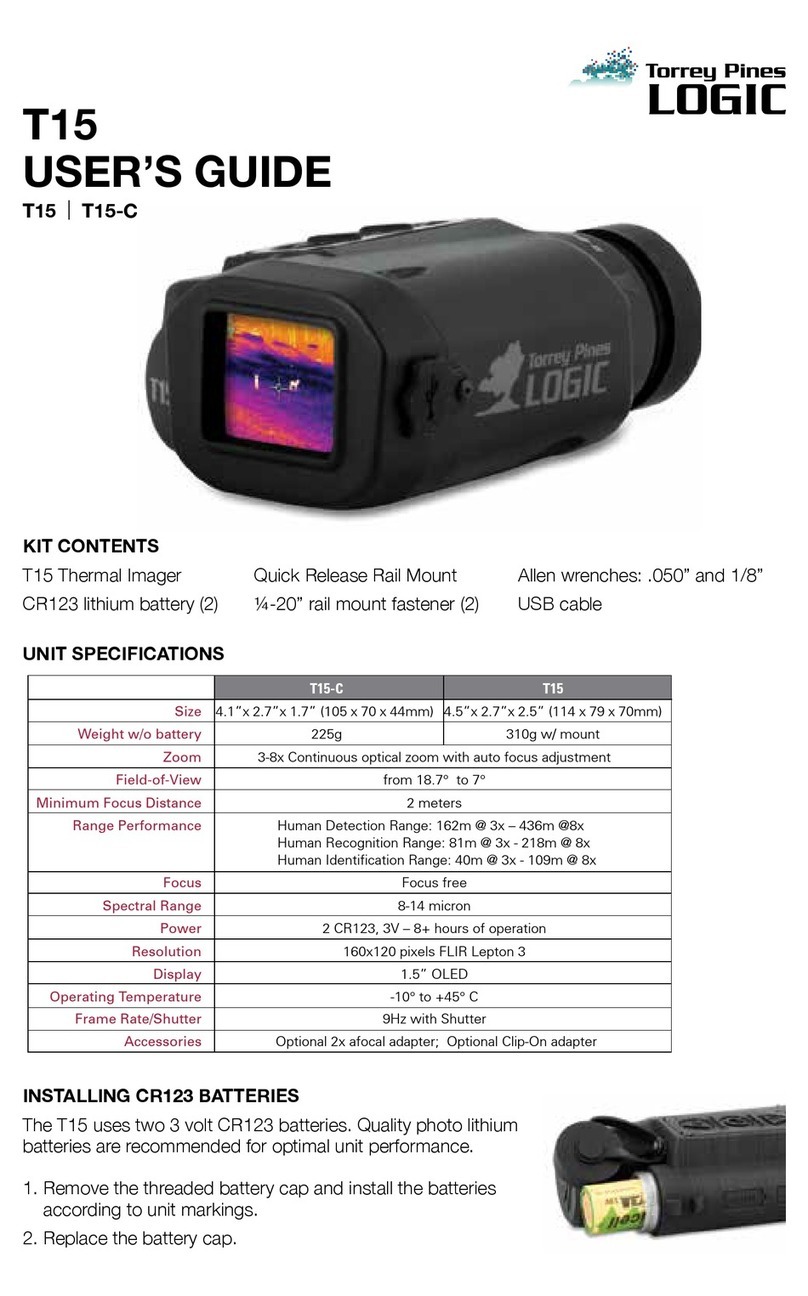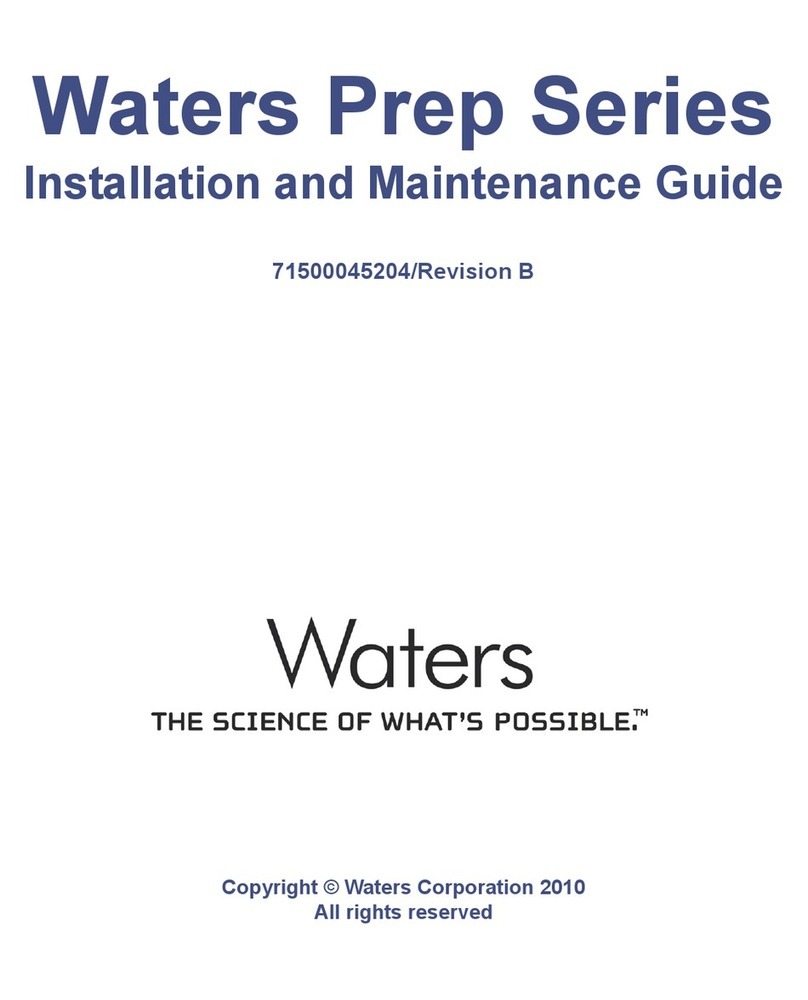CLP Beta-Pette B8.200 User manual

MULTICHANNEL
5648 Copley Drive
San Diego, CA 92111
P
hone 1-800-456-7741

MULTICHANNEL

MULTICHANNEL
6

1 2
MULTICHANNEL
clockwise in relation to the handle, (Fig. 2), it is
possible to disable the ejector’s operation
in order to avoid accidental use, or to change
its position in such a way as to make illing
o microplates more convenient.
The speci ications or accuracy and precision
given in the ollowing table are obtained using
CLP tips. These igures are only guaranteed
when CLP tips are used.
channel
channel
The speci ications or the volumetric per or-
mance are derived rom extensive gravimetric
tests as prescribed by the Deutsches Institut ür
Normung e.V. To veri y the per ormance o your
pipette request document DIN 12650.
Condition o measurments: distilled water at tem
-
perature 20±1°C
The pipette design enables the user to per orm
the recalibration process according to the rules
presented in section 5.
CONTENTS
1 - INTRODUCTION
2 - VOLUME SETTING
3 - METHOD OF PIPETTING
4 - RECOMMENDATIONS
5 - RECALIBRATION
6 - MAINTENANCE
7 - PIPETTE KIT AND ACCESSORIES
8 - SPARE PARTS
1 - INTRODUCTION
series o adjustable multichannel
pipettes have been designed or the illing o la-
boratory microplates. The pipettes enable precise
and simultaneous delivery o 8 or 12 preset-vol-
ume doses o liquid. pipettes are
produced in our ranges o volumes: 1-10 µl,
5-50 µl, 20-200 µl, 50-300 µl.
pipettes are equipped with a digital
readout counter, built into the pipette’s handle,
or measuring doses, (Fig. 1F). Volume settings
are continously adjustable and are controlled by
means o the rotating calibration knob, (Fig 1B).
The volume range o the pipette is shown on
the pipetting pushbutton, (Fig. 1A).
pipettes should be used with poly-
propylene disposable tips, to ensure sa ety and
accuracy, (Fig. 1C). The sha ts without
O-rings ensure the compatibility o the pipettes
with a broad assortment o tips, and the special
ejector shape reduces the orce required or
their ejection. In order to protect the user
against inadvertent contact with used tips, the
pipettes are equipped with tip ejectors,
(Fig. 1D). By turning the multichannel module
8.10 Min 1 ±8.0 ≤ 8.0
Max 10 ±2.0 ≤ 2.0
8.50 Min 5 ±4.0 ≤ 3.0
Max 50 ±1.6 ≤ 1.0
8.200 Min 20 ±2.0 ≤ 1.5
Max 200 ±1.0 ≤ 0.8
8.300 Min 50 ±1.6 ≤ 1.5
Max 300 ±1.0 ≤ 0.8
Cat. No. Volume Inaccuracy Imprecision
µl] %] %]
Cat. No. Volume Inaccuracy Imprecision
µl] %] %]
SPECIFICATIONS
12.50 Min 5 ±4.0 ≤ 3.0
Max 50 ±1.6 ≤ 1.0
12.200 Min 20 ±2.0 ≤ 1.5
Max 200 ±1.0 ≤ 0.8
12.300 Min 50 ±1.6 ≤ 1.5
Max 300 ±1.0 ≤ 0.8
SPECIFICATIONS

3 4
MULTICHANNEL
Next, still holding the pipette vertically, the ope-
rator should press the pipetting button until the
irst resistance point is elt, and immerse the tips
in the liquid to the depth o 2-4 mm, (Fig. 3B).
Releasing the pipetting button with a slow and
uni orm movement during 2-3 seconds, the liquid
should be drawn into the tips, (Fig. 3B) which
should then be li ted above the liquid’s sur ace.
The pipette should next be positioned at an
angle o 10-45 degrees in relation to inner walls
o destination vessels and tips should
be emptied by pressing the pipetting button
slowly until the irst resistance point is elt,
(Fig. 3C). A ter waiting one second, the pipetting
button should be pressed to the second resis-
tance point in order to expel remaining liquid,
(Fig. 3D). Then tips should be li ted out rom the
vessels while maintaining contact between
the ends o the tips and the inner walls o the
vessel until the pipetting button has been rela-
sed, (Fig. 3E). Finally, pressing the ejector but-
ton, the operator should separate the tips rom
multichannel module’s cones, (Fig. 3F).
4 - RECOMMENDATIONS
To achieve maximum sa ety, precision and re-
liability, the ollowing principles should be ob-
served:
• do not draw liquids without tips itted on the
pipette cones,
• do not lay down the pipette with tips illed,
• do not draw volumes o liquid exceeding the
pipette’s range,
• check i the tips are itted properly,
• during operation, the pipette must be held ver-
tically, tips should be immersed in liquid
to the depth o 2 to 4 milimeters and the pipet-
ting button should be depressed and released
slowly and evenly,
• new tips must be re-wetted prior to pipetting,
by drawing and expelling the liquid to be me-
asured. This is especially important when wor-
king with liquids o viscosities and densities
di erent rom that o water and in temperatu-
res di erent rom ambient temperature,
2 - SETTING THE VOLUME
In order to set the volume o the dose to be deli-
vered, the calibration knob with counter is used.
The volume shown by the counter is represented
by three digits, which should be read rom
top
to bottom. Typical meter readings are shown
in
the ollowing table:
To achieve accurate delivery o the required
volume, the operator should turn the calibration
knob in the direction diminishing counter rea-
dings. I the volume being currently set is higher
than the previous one, the operator should turn
the calibration knob 1/3 o a turn beyond the
required value, and then slowly rotate it back-
wards, observing diminishing readings, until the
required value is achieved.
3 - METHOD OF PIPETTING
Fit the tips onto the cones o the multichannel
module. When you put the tips on the sha ts the
pipette should be pressed against the tips in the
box. The liquid aspirated into the tips should
not low out by gravity rom properly ixed tips.
While holding the pipette in a vertical position,
tips should be immersed in the liquid to a depth
o 2-4 mm, and lushed once by drawing a dose
o liquid and dispensing it out with slow and
steady movement.
Cat.No.
Counter
readings
Set
volume
Basic
degree
0
3
5
2
5
0
0
8
5
0
6
5
8.10
8.50
12.50
8.200
12.200
8.300
12.300
3.5 µl
6.5 µl
85.0 µl
250.0 µl
0.02 µl
0.10 µl
0.20 µl
1.0 µl

MULTICHANNEL
6
The recali ration can e performed within one
full turn of the key to the right or to the left only.
Recali ration conditions:
• Ambient temperature and the temperature o
the pipette, tips and liquid should be within
the range 20-25°C and stabilized during weigh-
ing
within ±0.5
°
C
•Measurements should be conducted using
distilled water
• Balance sensitivity should be suitable or the
volume to be controlled
Recali ration procedure:
• Set the dose volume depending on the pipette
volume according to the ollowing table:
•Per orm three aspiration series (each series
should include the aspirations rom all chan-
nels), weigh each time and calculate the aver-
age value o the aspirations.
• Calculate average aspirated volume in µl mul-
tiplying the average aspiration amount [mg]
by the distilled water density coe icient
[µl/mg], which depends on temperature and
pressure according to the ollowing table:
5
• when pipeting liquids which tend to wet walls
o tips, such as serums, proteins, organic sol-
vents, measuring must be per ormed much
slower than with other liquids,
•
tips must be replaced with new ones, when
changing rom one liquid to another, or i drops
o liquid remain inside the tips,
• a ter work, the pipette should be stored verti-
cally in a holder with tips removed.
5 - RECALIBRATION
CLP pipettes are calibrated by gravimetric met-
hod, using CLP tips and distilled water, at the
temperature 20±1°C, according to DIN 12650.
I during pipette operation you ind that the
accuracy error (the di erence between the real
aspirated volume and the preset volume)
exceeds the permissible value given in the table
in section 1, the pipette recalibration procedure
should be carried out.
Be ore starting the recalibration it is necessary
to check whether the ollowing requirements
have been ul illed during error determination:
• the ambient temperature, and the temperature
o the pipette, tips and water was identical
• the density o the liquid used is close to that
o distilled water
•the balance with appropriate sensitivity has
been used
• mg/µl conversion actor has been taken into
account
•the requirements given in sections 3 and 4
have been ul illed
I the above conditions are satis ied and the accu-
racy error or selected volume given in section 1
exceeds the permissible value, the pipette
recalibration procedure should be carried out.
Volume checked
[µl]
0.1 - 10
10 - 100
≥ 100
Balance sensitivity
[mg]
≤ 0.001
≤ 0.01
≤ 0.1
Temperature [°C] Pressure [hPa]
960 1013 1067
20 1.0028 1.0029 1.0029
21 1.0031 1.0032 1.0032
22 1.0032 1.0033 1.0033
23 1.0035 1.0035 1.0036
24 1.0037 1.0038 1.0038
25 1.0039 1.0040 1.0041
1 - 10
5 - 50
20 - 200
50 - 300
1
5
20
50
0.92 - 1.08
4.8 - 5.2
19.6 - 20.4
49.2 - 50.8
0.33
1.67
6.30
10.00
Range
of the pipette
volumes µl]
Preset
volume
µl]
Permissible
volumes
µl]
Volume change ∆V for
full turn of the calibra-
tion key µl]
(24 increments)

Accessories
8 - SPARE PARTS
Please see Fig.1 and Fig. 4:
1. Pushbutton
2. Ejector pushbutton
3. Calibration knob
4. Ejector
5. Piston assembly
6. Calibration key
These items can be ordered rom Continental
Laboratory Products. (Please speci y pipette
type and part name when ordering).
Be ore returning a pipette to us or service,
please ensure that the pipette is completely ree
o any chemical, biological or radioactive conta-
mination please provide in ormation on the kind
o liquids that have been measured.
Warning: The replacement of the plunger
requires conducting of cali ration proce-
dure according to section 5.
7 8
MULTICHANNEL
I the average aspirated volume exceeds the
permissible value, the ollowing should be done:
• Remove the pipetting pushbutton, (Fig. 4A),
•Holding the volume setting knob to protect
it against rotation, insert the calibration key
into the cuts o the calibration screw, (Fig. 4B),
• Turn the key clockwise to reduce the aspirat-
ed volume, or counter-clockwise to increase
the volume. One ull turn o the calibration key
changes the pipette aspiration volume by the
amount given in the table, (Fig. 4C),
• Take out the key and ix the pipetting push-
button, (Fig. 4D).
Determine the average aspirated volume. The
average volume should be within the permissi-
ble range given in the table. I the volume
exceeds the values stated, the recalibration pro-
cedure should be repeated.
6 - MAINTENANCE
Cones should be kept clean using ethyl alcohol.
7 - PIPETTE KIT AND ACCESSORIES
Pipette kit
The pipettes are delivered in the kits including:
• Pipette
• Instruction manual
• Calibration key
• Pipette shel clip
• Identi ication labels
The pipette shel clip diagram is shown in Fig. 5.
B/02/2001
Pipettor Tip Choices
2342 10 µl, XL, 10 racks of 96
2040 10µl, 10 racks of 96
BT10 10µl filter tip, sterile, DNase, RNase and pyrogen free, 10 racks of 96
BT10XL 10µl filter tip, extra long, sterile, DNase, RNase and pyrogen free,
10 racks of 96
2102.C 200µl tip, graduated, slimline, 10 racks of 96
BT100 100µ filter tip, sterile, DNase, RNase and pyrogen free, 10 racks of 96
2092 300µl tip, graduated, slimline, 10 racks of 96
BT200 200µl filter tip, sterile, DNase, RNase and pyrogen free,
10 racks of 96 (max volume is 200µl)
8.10
8
12
8 and 12
8.50
12.50
8.200
12.200
8.300
12.300
Pipettor Stand Choices
9575 Stand for 8 channel
9576 Stand for 12 channel
9577 Carousel Stand for single and multichannels
This manual suits for next models
6
Table of contents
Popular Laboratory Equipment manuals by other brands

Fisher Scientific
Fisher Scientific Fisherbrand Isotemp RT 11676259 Operation manual

Optika Italy
Optika Italy ACCESSORIES Series instruction manual
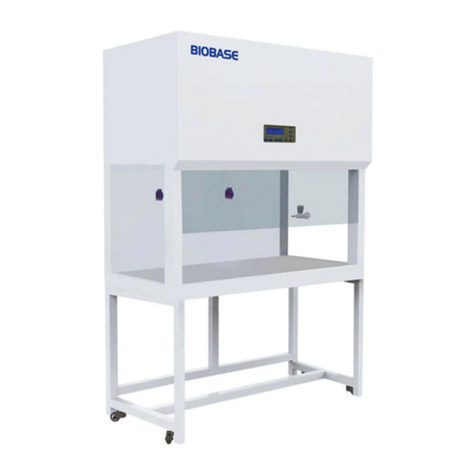
Biobase
Biobase BBS-V1300 user manual
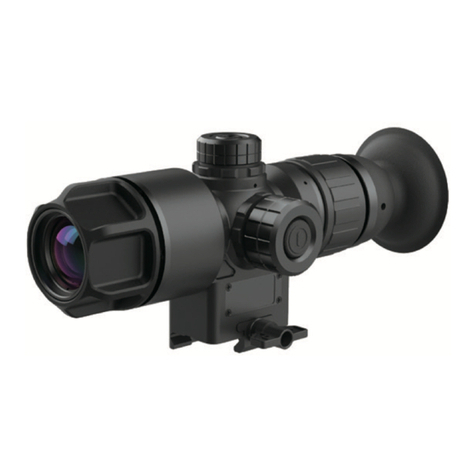
InfiRay
InfiRay Tyke-L3 Operation and maintenance manual

Linseis
Linseis Chip DSC manual
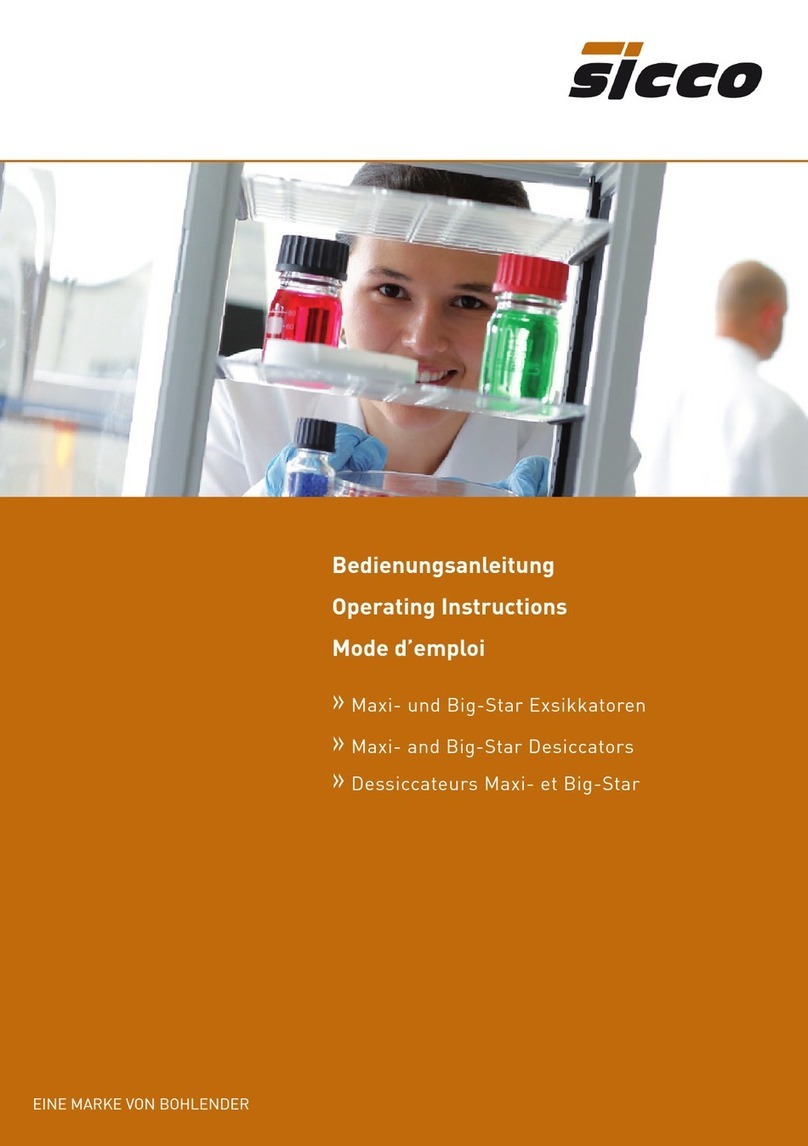
SICCO
SICCO V 1760-07 operating instructions
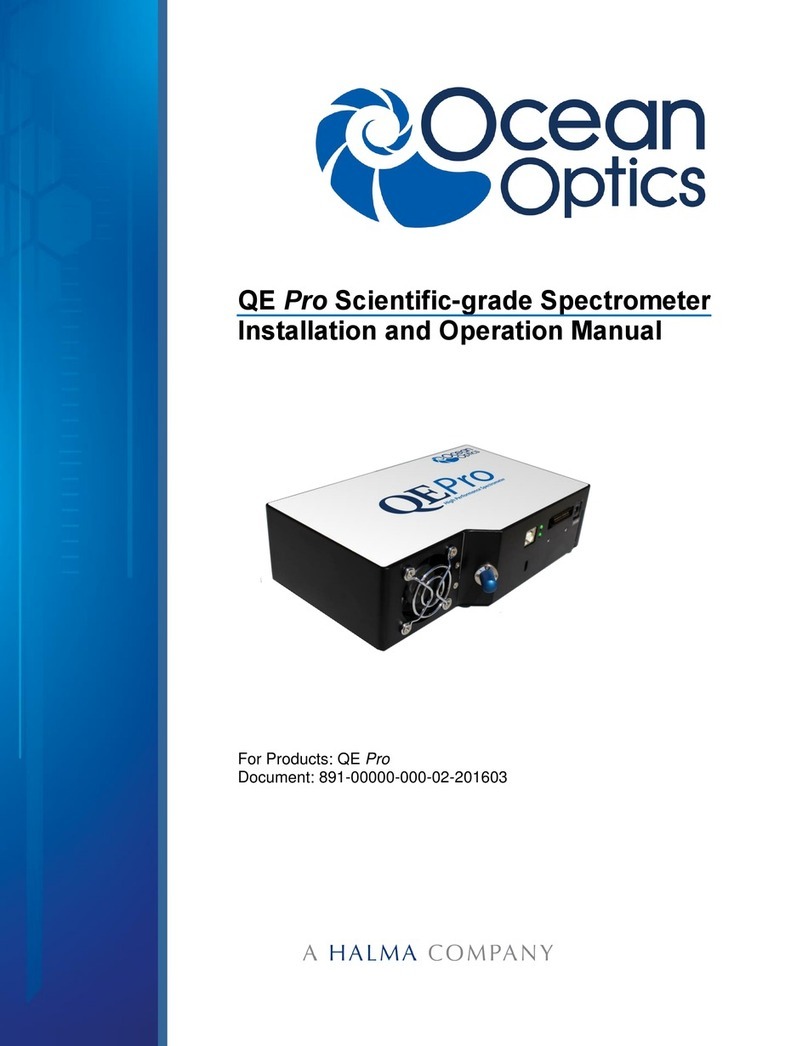
Ocean Optics
Ocean Optics QE Pro Installation and operation manual

Agilent Technologies
Agilent Technologies 1260Infinity II Bio-inert FractionCollector user manual
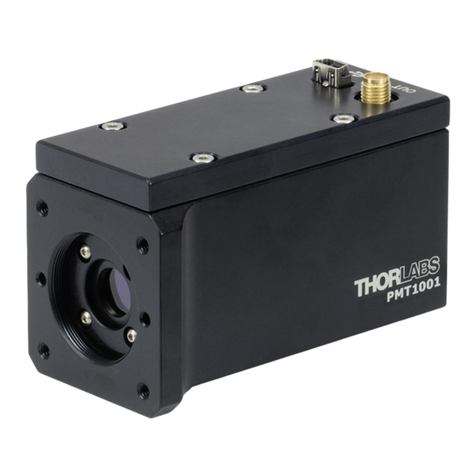
THORLABS
THORLABS PMT1000 Series user guide

Faro
Faro Nisea Series instruction manual
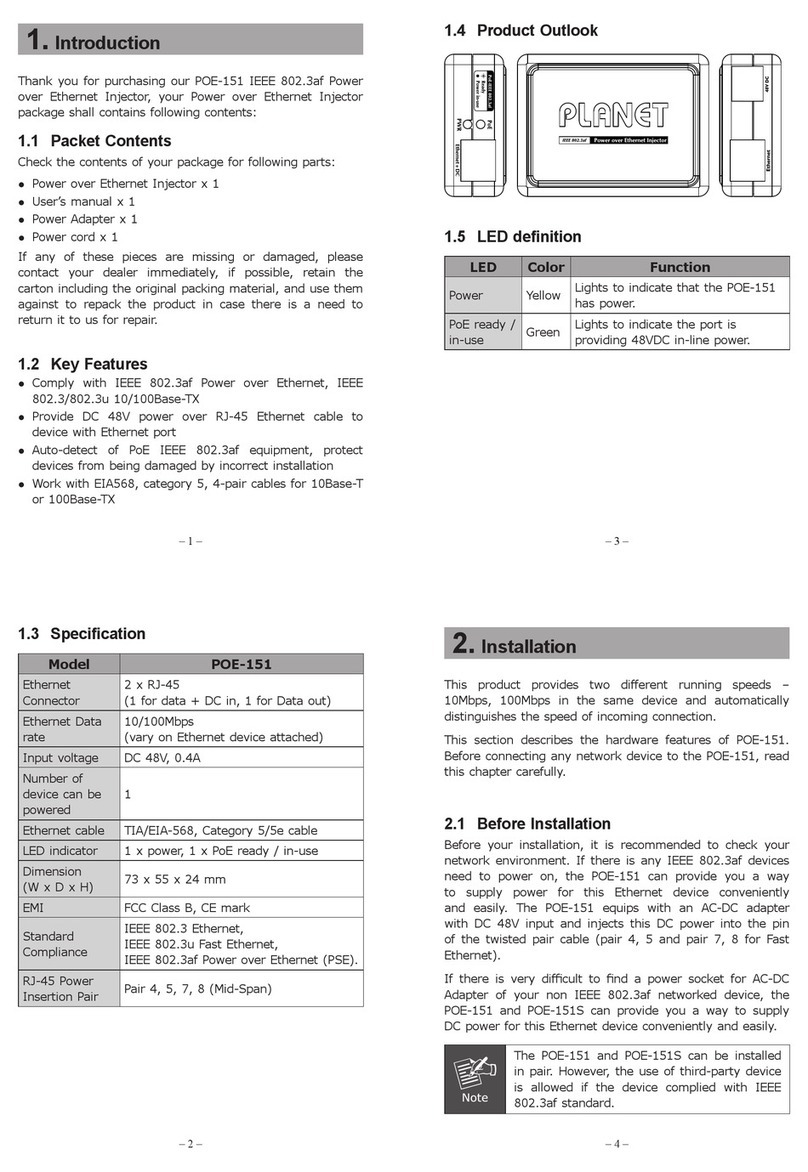
Planet Networking & Communication
Planet Networking & Communication POE-151 user manual

NANOE
NANOE Zetamix ZetaSinter Operation manual
